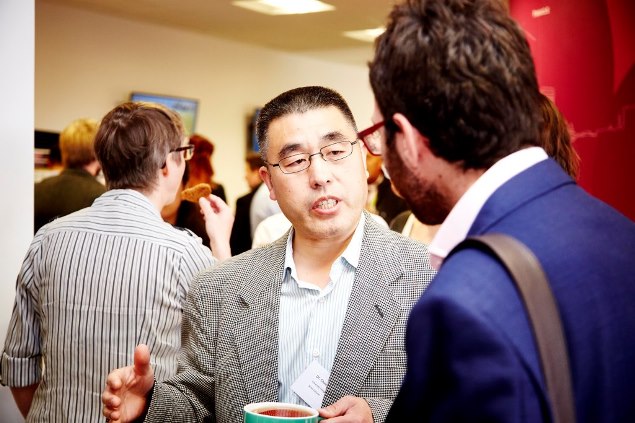
Case Study
Biomimetic scaffold for large joint repairs
Date: August 16, 2019
A UCL team working to design an osteochondral scaffold that can repair large joint defects has been awarded an Innovate UK grant to develop ways of manufacturing the device.
The early development of the biomimetic scaffold was supported through the IKC’s partnership with Arthritis Research UK, which enabled it to be tested in sheep and in human donor tissue from joint replacement operations.
The scaffold is made from a titanium matrix that has been combined with biopolymers and collagen to encourage bone and cartilage regrowth. It is designed to repair large defects caused by injury or conditions such as osteoarthritis.
Currently, the only treatment for these conditions is joint replacement surgery, a major operation which often will not give back full mobility to the patient.
The team, led by Dr Chaozong Liu, was awarded a £2m Innovate UK-MoST grant, under the UK-China Research and Innovation Bridges Competition. They are now working with industry partners to design manufacturing protocols for the device that conform to GMP – the good manufacturing practice required by regulatory bodies.
All the materials used in the device are already cleared for clinical use, but the scaffolds used in trials to date have been produced in the laboratory. These laboratory protocols must now be translated into a process that can be scaled up for commercial production.
Partners include Chinese company, Shenzhen Lando Biomaterials Co. Ltd, which is setting up a GMP facility in China, and Oxford MeStar Ltd, which specialises in translational and regenerative medicine.
“If left untreated, these defects can lead to problems such as osteoarthritis, so there is a real unmet clinical need for new treatments,” says Dr Liu. “The scaffold we have developed looks extremely promising – it has the strength needed for load-bearing, but also the surface materials provide the right environment for new cartilage and bone to grow.”
The team is also due to start a longer-term animal study, to test the performance of the device over a six month period, and they are seeking funding for a first-in-human clinical trial.
Back to Case Studies
